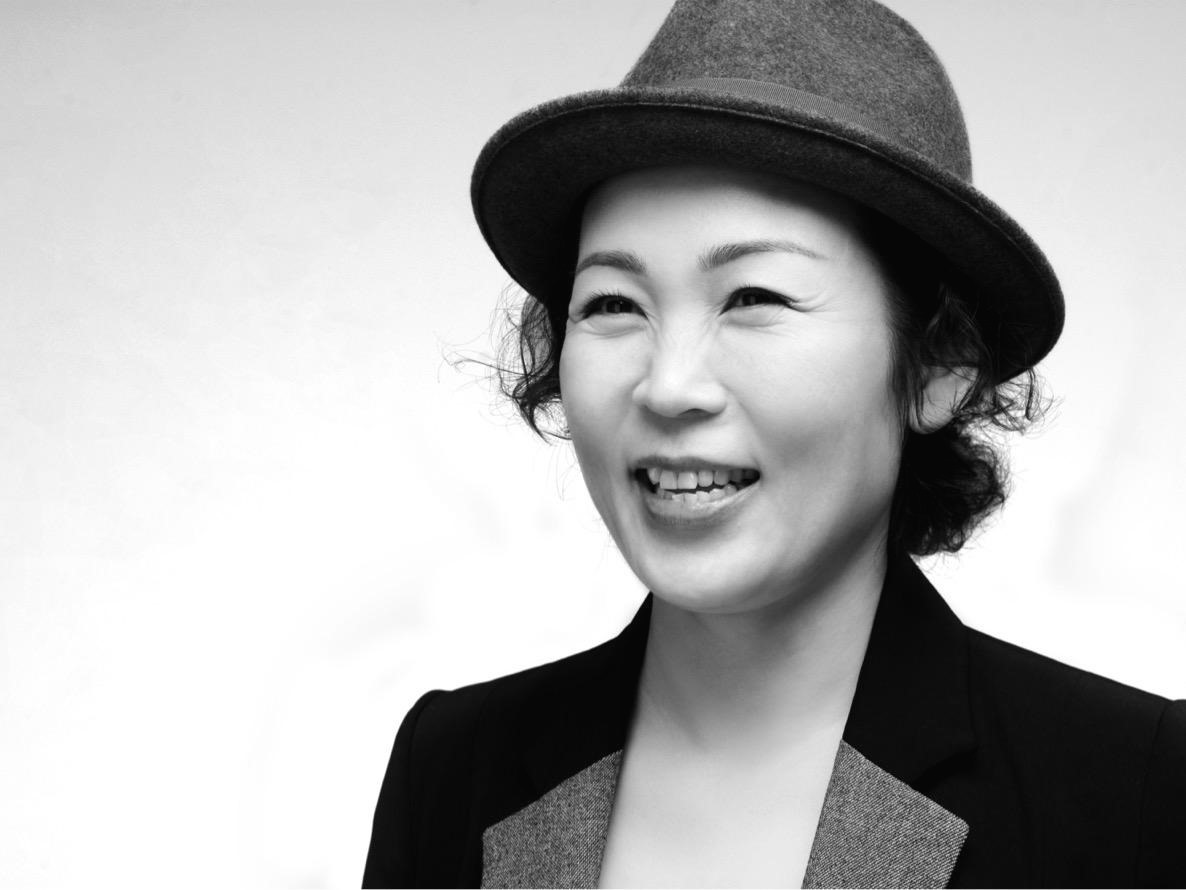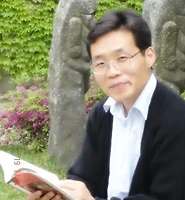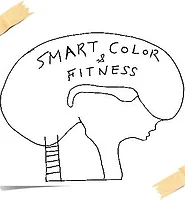| 일 | 월 | 화 | 수 | 목 | 금 | 토 |
|---|---|---|---|---|---|---|
| 1 | 2 | |||||
| 3 | 4 | 5 | 6 | 7 | 8 | 9 |
| 10 | 11 | 12 | 13 | 14 | 15 | 16 |
| 17 | 18 | 19 | 20 | 21 | 22 | 23 |
| 24 | 25 | 26 | 27 | 28 | 29 | 30 |
| 31 |
- 메이크업 강의
- 웨딩촬영
- 메이크업 강좌
- 메이크업 스쿨
- 메이크업 샵
- 전문직
- 울산 메이크업
- 허지웅
- 컬러리스트
- 강사
- 메이크업 학원
- 퍼스널 컬러
- 1950년대 메이크업
- 메이크업 아티스트
- 피부 좋아지는 방법
- 2012 트랜드
- 웨딩드레스
- 뷰티 컨설팅
- 섹시 메이크업
- 인테리어
- 메이크업
- 퍼스널 컬러 이미지 메이킹
- sook'c
- 봄 메이크업
- 봄
- 메이크업 배우기
- 진로
- 버티는 삶에 관하여
- 컬러진단
- MBC 뷰티아카데미
- Today
- Total
sookc의 색과 사람들
파스텔의 세계로.. 본문
MOVING TO A PASTEL WORLD
|
|
이어지는 연습을 위해 나는 프랑스 화가 Odilon Redon 작 “어린 소녀의 머리(Head of a Young Girl)”라고 하는 파스텔 드로잉을 모델로 활용할 것이다. 드로잉의 음역(negative space)에서의 Redon의 자유분방한 파스텔 색의 사용은 이 매체(파스텔)를 실험하는데 영감을 줄 것이다. Redon's mystical and lyrical work spanned the end of the nineteenth century and the beginning of the twentieth. His pastel drawings have been linked to the writting of Poe, Baudelaire, and Mallarme, and all are connected conceptually to Surrealism, a period in early twentieth-century art that focused on dream symbolism. The yellow lizard in Redon's drawing, jaxtaposed to the dreamlike serenity of the girl's head, is reminiscent of Surrealist symbolism Redon의 신비적이고 서정적인 작품은 19세기 말 20세기 초까지 이어져 왔다. 그의 파스텔 드로잉은 Poe, Baudelaire, Mallarme의 문학작품과 연결되어 있고 이들 작가는 모두 초현실주의와 개념적으로 닿아 있었다. 초현실주의는 20세기 초 예술의 한 조류로 꿈과 상징주의를 강조했다. Redon의 그림에서 소녀 머리의 몽환적인 평온함에 병치 된 노란색 도마뱀은 초현실주의적 상징주의를 연상케 한다. Before you begin: Read all of the instructions. Find a model or a suitable subject. Arrange a light so that the background is illuminated, providing a pale negative space behind your model's head. Choose a piece of pastel paper in any soft color. Pastel paper has a sharp "tooth" to grasp and hold the dry pigment. Redon used a soft gray-blue paper. Choose a medium-dark pastel crayon for the line drawing of the head. Choose three harmonizing light pastels for the light negative space behind the head. Pose your model and draw the head in semi-profile -- that is, with the model turned very slightly off true profile view. Calling on your five basic drawing skills, draw the head using the dark pastel you have chosen. Using your imagination, or using objects in the room, complete your composition by adding objects or parts of objects. Using your three pale pastels, work up the negative space surrounding the head. Use crosshatching rather than filling the area solidly, so that light and air are retained in your drawing. 시작하기 전 다음 지시를 읽어 보세요. 모델이나 적절한 대상을 찾아 모델의 머리 뒤쪽으로 희미한 음역이 만들어질 수 있도록 배경을 비추는 조명을 준비하세요. 부드러운 색으로 된 파스텔 종이를 고르세요. 파스텔 종이는 마른 칠감을 포착하여 물고 있을 예리한 “이빨”이 나있습니다. Redon은 부드러운 gray-blue 색종이를 사용했습니다. 머리부분의 윤곽을 그리려고 중간 정도 짙은 파스텔 크레용을 고르고 머리 뒤쪽의 가벼운 음역을 위해 세 개의 조화를 이루는 밝은 파스텔을 선택하세요. 모델의 자세를 취하게 하고 반-측면(semi-profile)으로 머리부분을 그려라. 반-측면도는 완전한 측면도에서 약간 방향을 돌리게 한 모습이다. 다섯 기본 드로잉 기술을 불러내고 선택한 짙은 파스텔을 사용하여 머리부분을 그려라. 상상력을 발휘하거나 혹은 실내의 대상물을 활용하여 대상 체나 혹은 대 상체의 일부를 추가하여 그림의 조합을 완성하라. 세 개의 희미한 파스텔을 활용하여 머리부분을 둘러싼 음역을 처리하라. 공간을 빽빽하게 채우려고 하기보다 그물코 모양의 선을 긋는 방식을 활용하여 드로잉에 빛과 공기가 드나들 수 있도록 하라. A special point: Look at your three pale pastels and decide which is the darkest (lowest) in value, which is in the middle, and which is the lightest. Then use the lowest value chalk for the first layer of hatches, the middle for the next, and the lightest for the last and final layer of hatches. This sequencing of colors from dark first to light last is the sequencing required for most painting mediums (with the exception of watercolor, which is usually worked from light first to dark last). In working with pastels, the dark-to-light sequencing helps to keep your colors clear and fresh. Reversing this sequence can result in muddy color. This point will help you see why practice with pastels eases the transition to painting. 강조점: 세 개의 희미한 파스텔을 보고 어떤 것이 가장 짙고 중간이며 옅은 것인지를 결정하라. 다음으로, 그물코의 첫 겹을 가장 짙은 파스텔로 다음 순서로 중간 파스텔로 마지막으로 가장 옅은 파스텔로 마무리하라. 짙은 것을 첫 번째로 하고 옅은 것을 마지막 순서로 놓는 순열은 보통 옅은 색을 먼저 하고 짙은 색을 나중에 작업하는 수채화를 예외로 하고 모든 유화 매체에 요구되는 배열순서이다. 파스텔로 작업할 때 짙은 색에서 옅은 색으로의 배열은 색을 선명하고 신선하게 유지할 수 있게 한다. 이러한 배열순서를 역행하는 것은 둔탁한 색을 낳을 수 있다. 이점이 왜 파스텔을 가지고 연습하는 것이 그림 쪽으로의 전환을 쉽게 해주는지를 이해할 수 있게 한다. Complete your drawing with bold colors of your choice. you may prefer to harmonize your color by staying with complements or analogous hues, or you may prefer discordant hues that are anchored in the composition by repeating or echoing areas of each color. 기호에 따라 과감한 색으로 드로잉을 완성하세요. 보완 혹은 유사 색조를 고수하면서 색의 조화미를 살리는 것을 선호할 수도 있고 혹은 각각의 색 영역을 반복하거나 되풀이함으로써 색 구성에 모여 있는 불협화 색을 선호할 수도 있다. Start your drawing now: You will need about an hour and perhaps a bit more to complete the drawing. Be sure to give your model a rest at mid-point in the hour! Try to work without interruption, and ask your model not to converse with you while you are drawing. your right hemisphere needs to be completely free of distraction. 지금 드로잉 작업을 시작해보세요: 드로잉을 마치는데 한 시간 혹은 조금 더 걸릴 수 있을 것입니다. 작업 중간에 모델에게 휴식시간을 배려하는 것을 잊지 마세요. 중단 없이 작업하려 애쓰고 드로잉을 할 때에는 대화를 시도하지 말 것을 모델에게 요청하세요. 당신의 오른쪽 뇌를 전적으로 드로잉 작업에만 전념하게 하세요. When you have finished: Pin up your drawing, stand back, and regard your work. Check the balance of the color. Then turn your drawing upside-down and re-check the color. If any hue seems to pop out of the composition, somehow not locked into the color arrangement, some slight adjustment needs to be made. The color may need to be repeated somewhere, or it may need darkening, lightening, or dulling. Have faith in your judgment and in your right hemisphere ability to percieve coherence -- and incoherence. When the color is right, you will know it! 마무리 작업: 당신의 드로잉 작업을 핀으로 고정해 놓고 물러나 완상해 보세요. 색의 균형을 확인해 보세요. 그런 다음 드로잉을 뒤집어 색을 다시 점검해 보세요. 혹시 구성에서 어떤 색조가 튀어 보이거나 색 배열에 정착하지 못하고 표류하고 있으면 약간의 조율이 필요할 수 있습니다. 어떤 부분에서는 색이 반복될 필요가 있고 혹은 짙게 하거나 엷게 하거나 혹은 흐릿하게 할 필요가 있습니다. 통일성과 산만함을 지각할 수 있는 우뇌의 능력과 당신의 판단을 믿으세요. 색이 제대로 되었을 때 알게 될 것입니다. |
'sookc의 색과 사람들 > 권박사 칼럼' 카테고리의 다른 글
| 색의 역사 2 (The History of Color 2) (0) | 2012.07.04 |
|---|---|
| The History of Color (색의 역사 1) (0) | 2012.05.09 |
| 도시 경관의 추한 구석에서부터 색 공부를 시작해 볼까요? (0) | 2012.03.10 |
| 뇌와 색 이야기 (0) | 2012.02.09 |
| A WHEEL OF COLOR (0) | 2012.02.02 |




